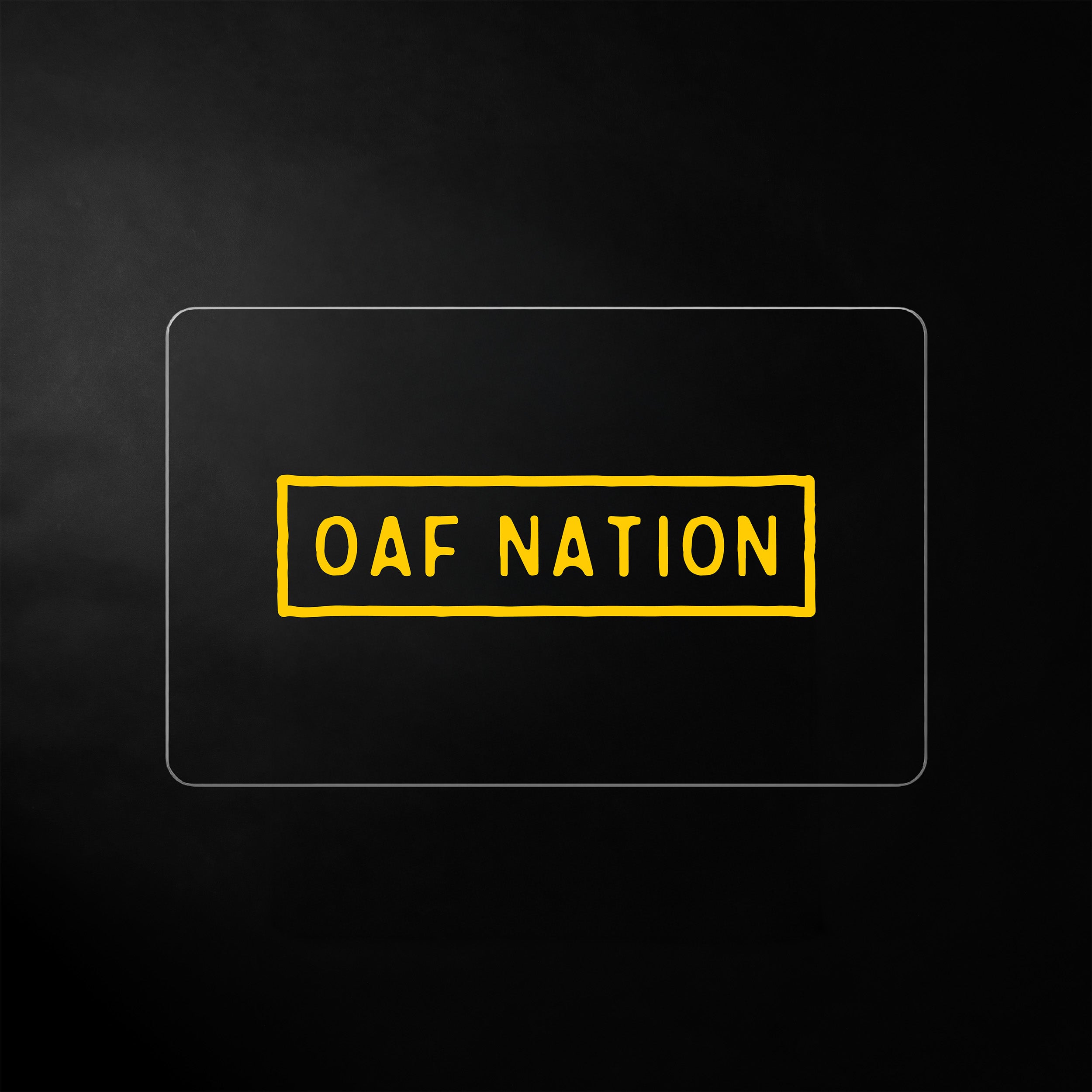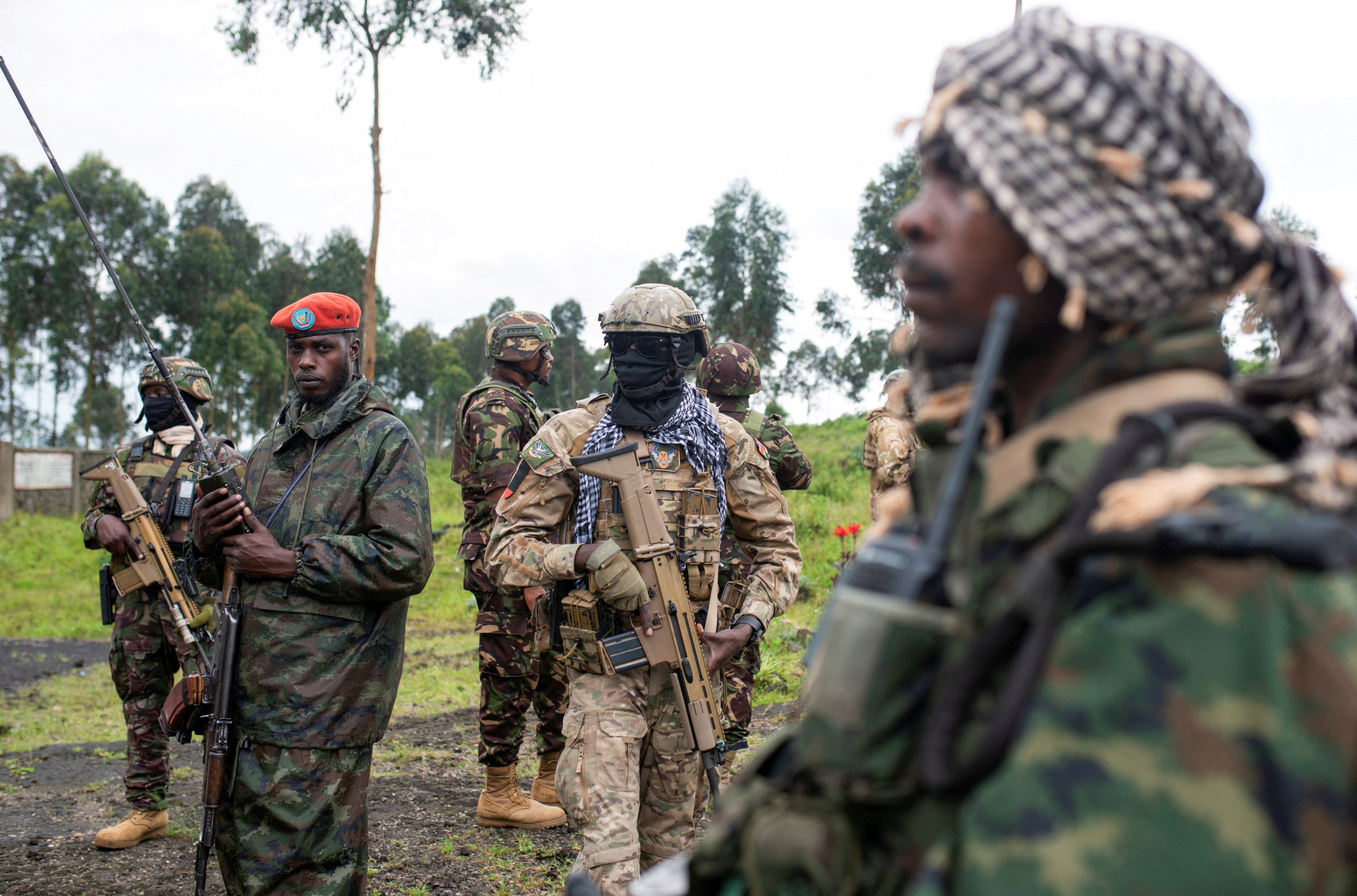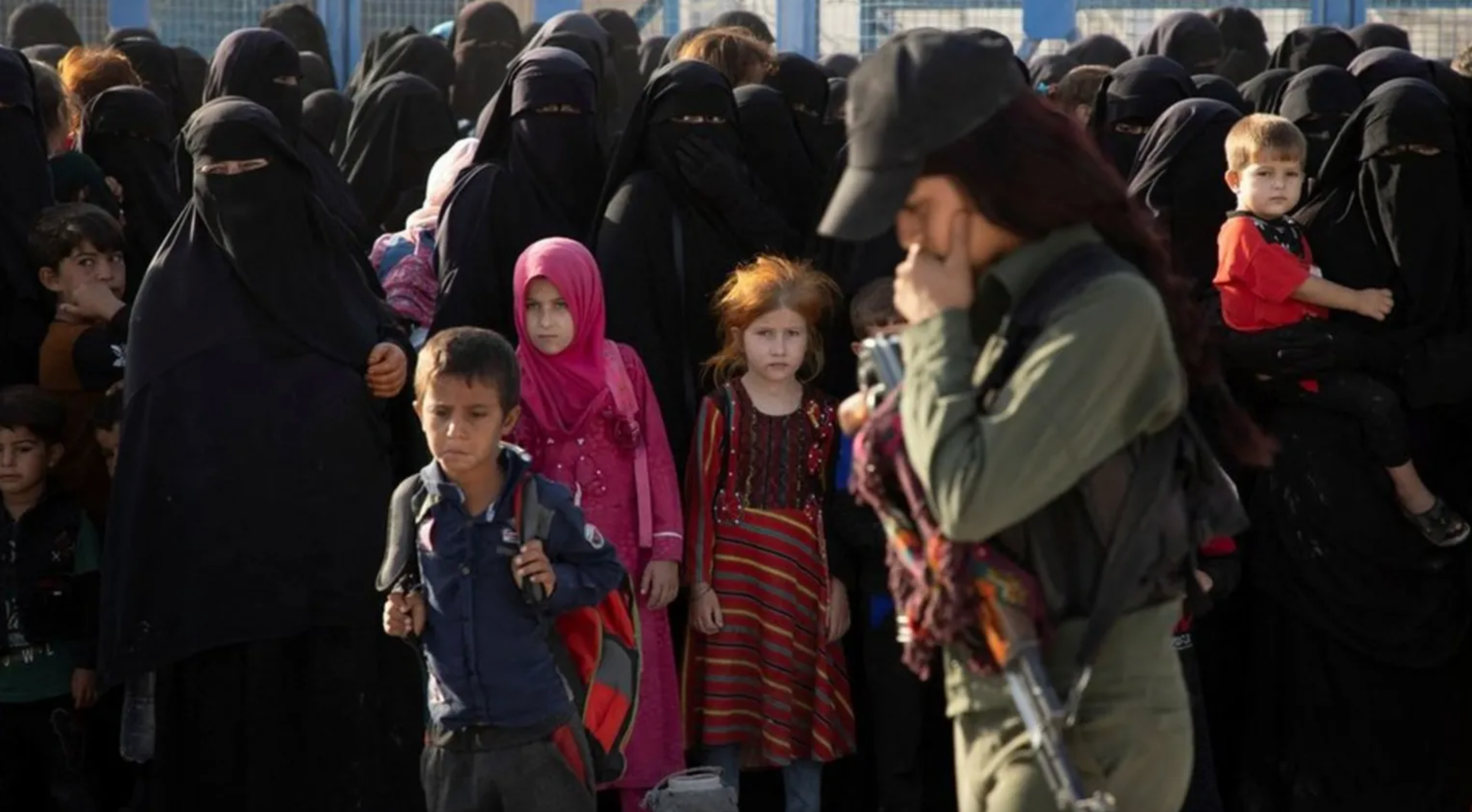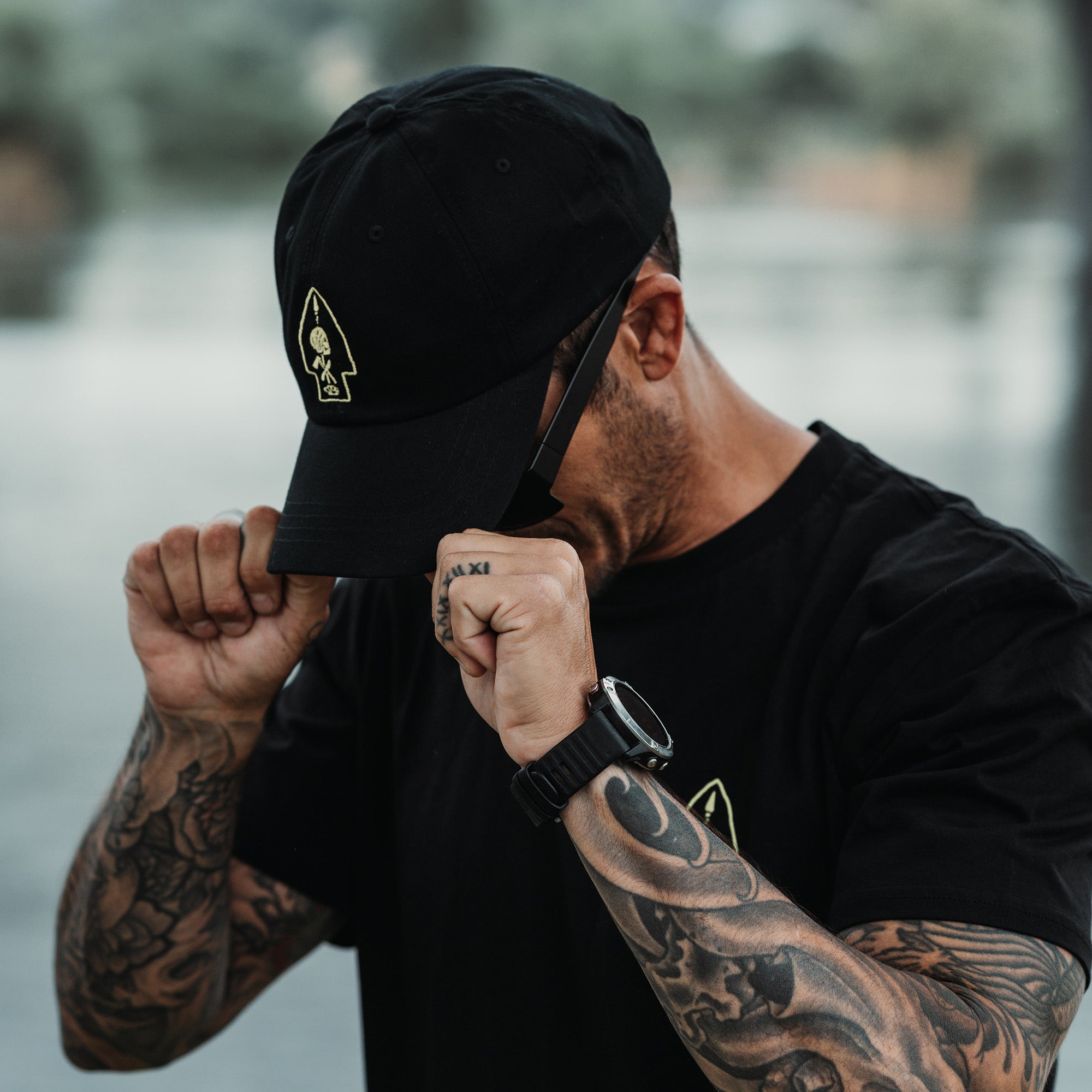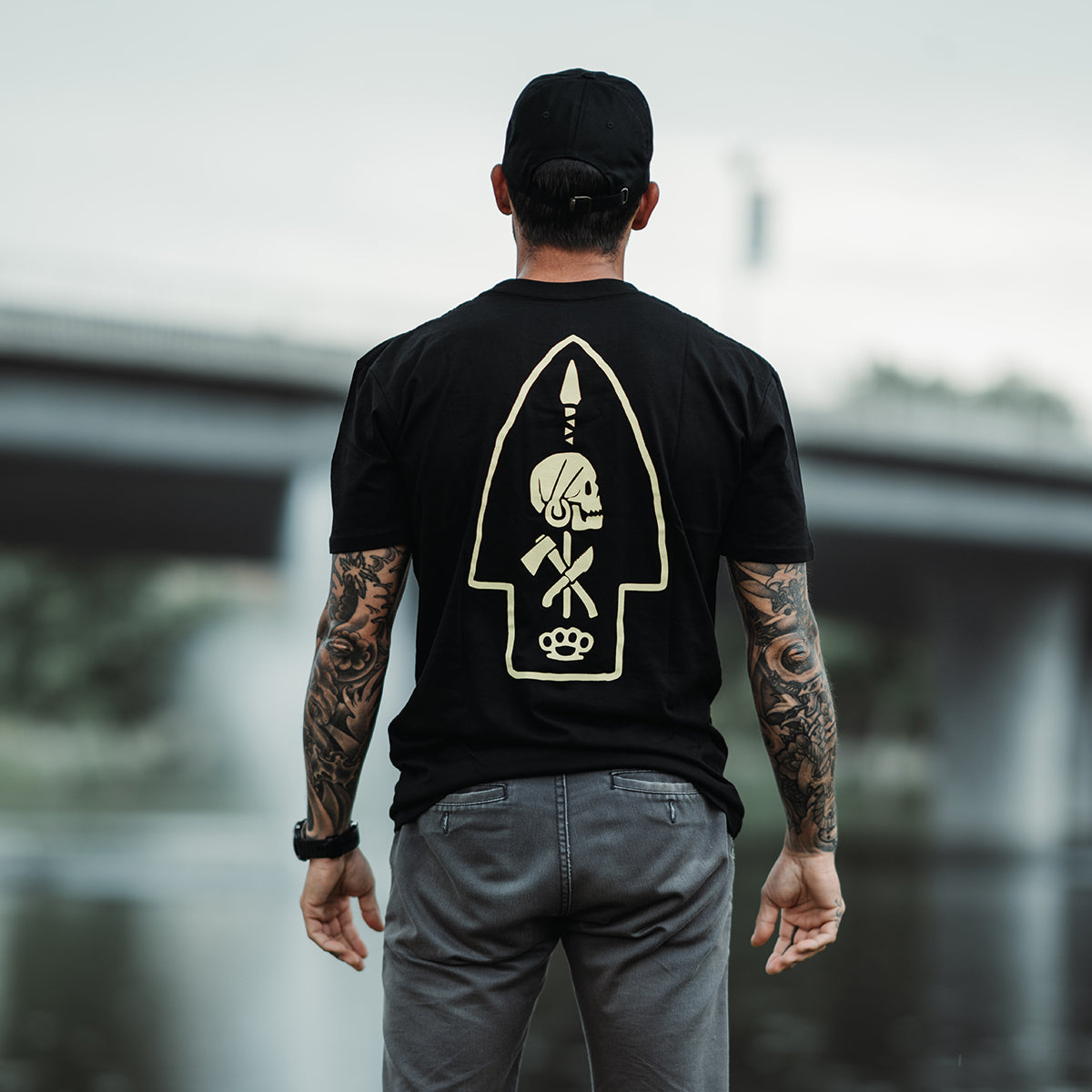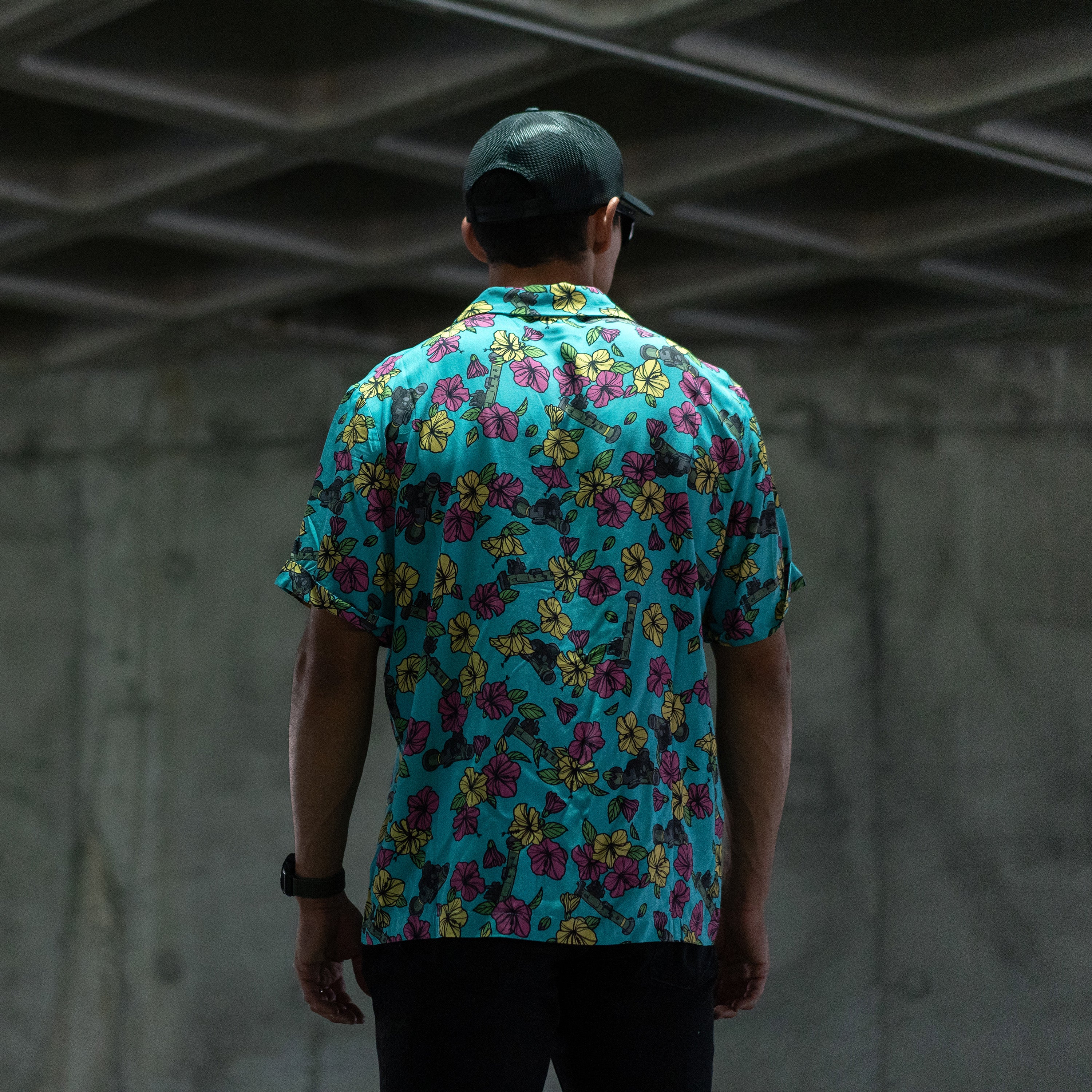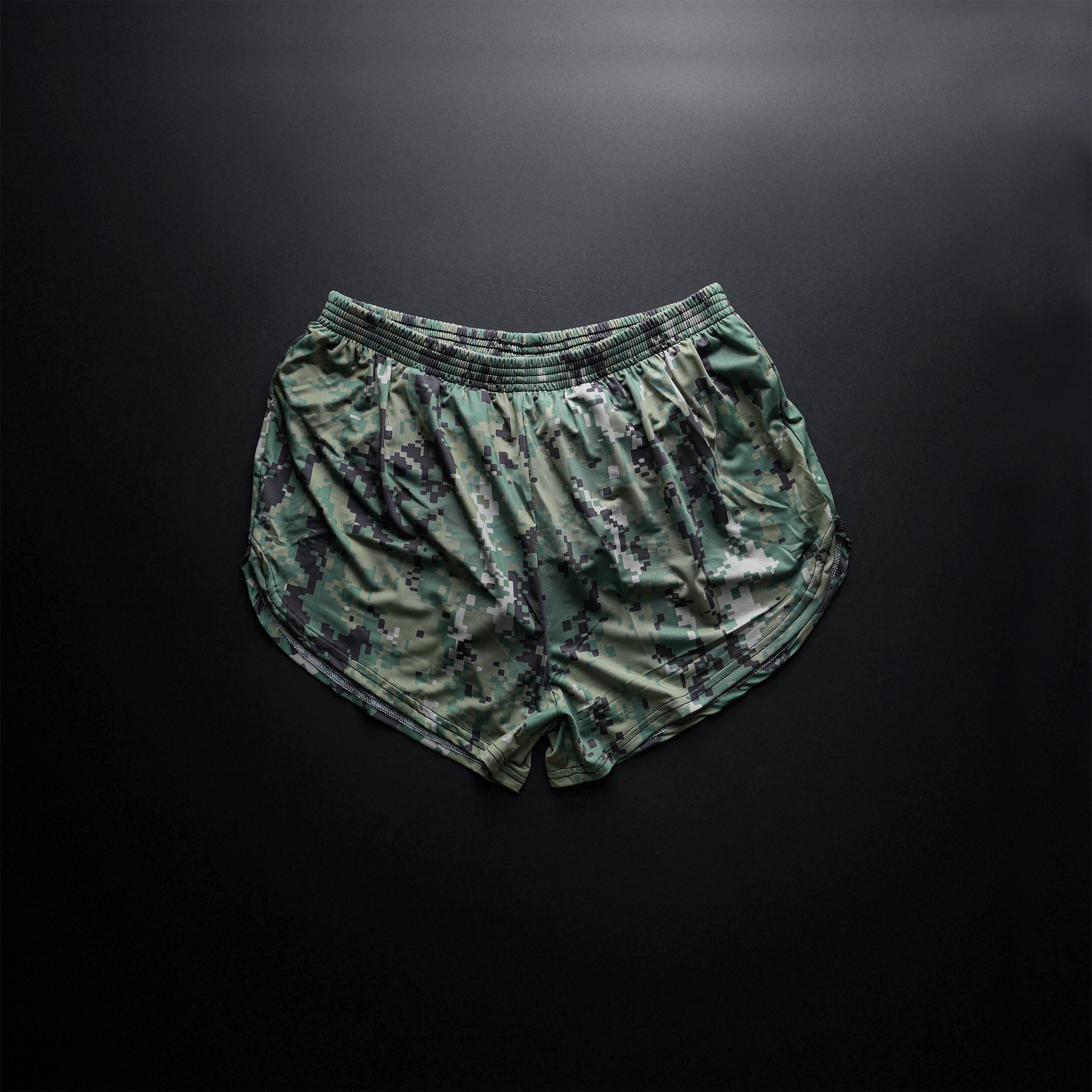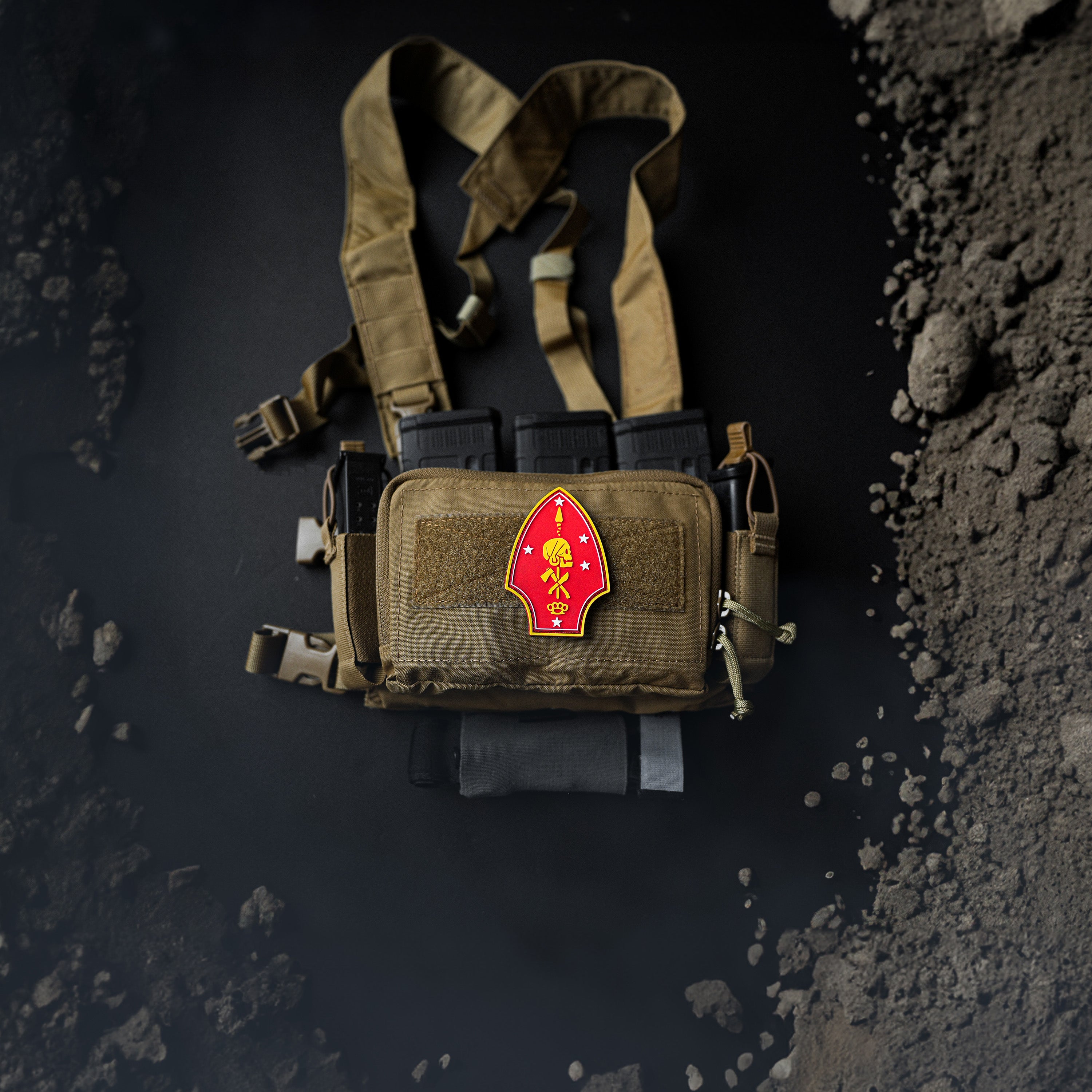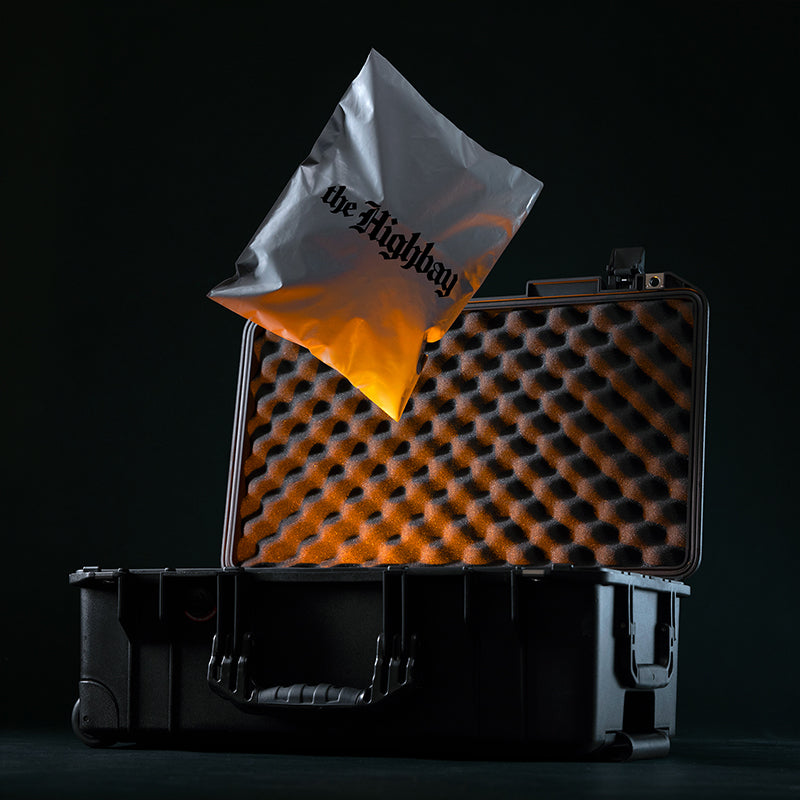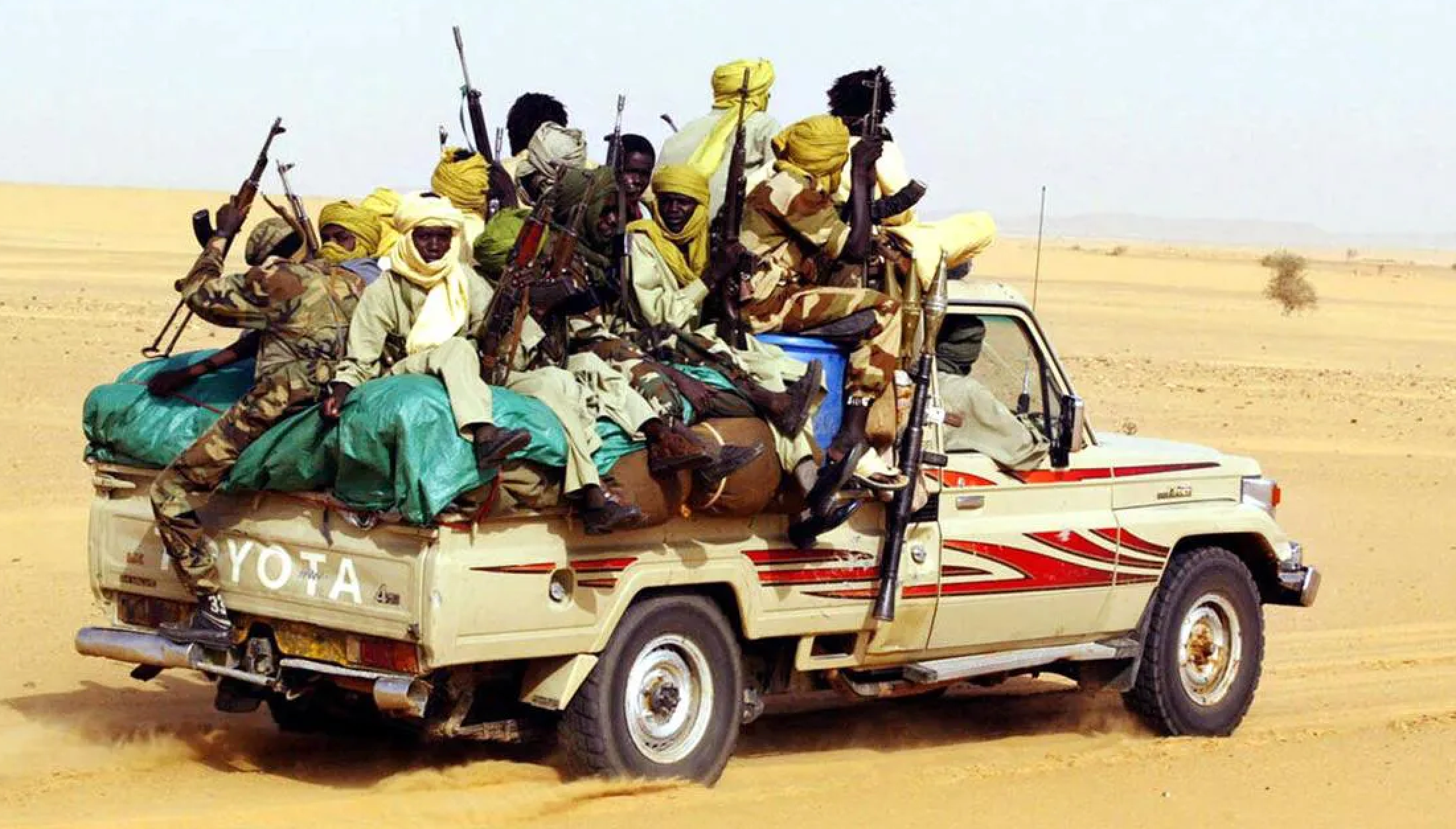
The Great Toyota War
(Photo by Ministry of Defence and Armed Forces of the Czech Republic via Wikimedia Commons)
BY GABRIEL FANELLI
Over his 42-year rule of Libya, Muammar Gaddafi made headlines for many wild things; from setting up a Bedouin tent in a no camping zone of Manhattan in 2009 during a United Nations summit, to tricking 200 young Italian women in Rome into attending a conference only to hand out copies of the Quran and attempt to convert them to Islam the same year. In 1987 he made embarrassing headlines when his army of hundreds of Soviet T-55s, MiG 21s and 23s and 11,000 loyal men were defeated by a much smaller Chadian force riding into battle on 400 Toyota Land Cruisers and Hilux trucks. For decades, Toyota has been the vehicle of choice for warlords, insurgents, counterinsurgents. This battle would solidify its reputation as the go to vehicle for desert warfare. And for good reason.
The U.S. Government approached Toyota in 1950 at the outbreak of the Korean War. Having one produced regionally would cut costs and boost the Japanese economy. By 1951 the Japanese had produced the first military truck, the Toyota Jeep BJ, predecessor to the Land Cruiser. Willy’s, who had a claim to the Jeep monicker, sued almost immediately and Toyota changed the name to Land Cruiser. Agile, quick, and indestructible, it became the official patrol car for the Japanese National Police Agency.
Thirty years later the Land Cruiser 60 series and Hilux vehicles were outfitted with heavy machine guns and French anti-tank “MILAN” missile systems by the Chadian National Armed Forces (FANT). The “non-standard tactical vehicles” (NSTV) are referred to today as technicals. Many like to credit the Great Toyota War as being the birthplace of the technical, it is not – neither in name nor in form. “Technical” is a phrase with origins in the Somali Civil War where various NGOs would hire local militias for security using “technical assistance grants” to skirt international regulations. The first technical was the Soviet era tachanka, a horse drawn cart with a man on the back operating a heavy machine gun.
Africa in the 1960s was a violent powder keg as countries declared their independence from their former colonial masters and sought to define self governance for themselves, oftentimes without the requisite skills to do so. People’s revolutions and independence movements spread like wildfire, yet many of the coups that planted new governments reversed the pendulum swing from colonialism to authoritarianism. Libya was one such country. Colonel Muammar Gaddafi founded a revolutionary group known as the Free Officers Movement, which overthrew King Idris I in 1969. As an Arab Nationalist his policies were antagonistic to anyone who was not Arab, and after deporting the entirety of the Italian population from Libya by decree, he began meddling in the affairs of their southern neighbor, Chad, who had the support of France and the United States.
Chad was embroiled in a civil war with separatists in the north under the banner of the Muslim National Liberation Front of Chad in the North (FROLINAT), and Gaddafi was happy to give FROLINAT leadership redoubt within Libyan borders. Taking things one step further in an attempt to fully destabilize Chad, he armed FROLINAT with Soviet weaponry and provided training to their militias. Using his newfound influence in Northern Chad, he laid claim to a uranium rich stretch of desert known as the Aouzou Strip.
This land was awarded to Italy after World War I and historically included in maps of Italian Libya. Now belonging to Chad, Libya wanted it back. Gaddafi wanted to express the might of Libya abroad by annexing the strip. To prevent conflict, France and Niger brokered a deal in 1972 wherein Gaddafi purchased the strip from François Tombalbaye for roughly $52 million ($520 million today). All Gaddafi had to do in return for this land grab was to kick FROLINAT into Algeria and no longer support their insurgency. He agreed.
Between 1975 and 1986 Chadian politics were confusingly volatile. FROLINAT split into two factions, and rebel commanders switched sides often depending on who was winning the war between Chad and Libya. N’Djamena ended up with an anti-Gaddafi war criminal running the government named Hissene Habré, installed with the support of the United States and France. At the time, France had trade deals with Libya, but also looked to protect its former colony.
The first major offensive by Habré and his commanders Idriss Deby and Hassan Djamous to push back the Libyan Army from Northern Chad came on January 2, 1987. In a move some military historians liken to the British Army’s Long Range Desert Group of World War II fame, 3,000 Chadian soldiers maneuvered their Toyota’s to the high ground around the Fada communications base. They avoided a frontal assault before penetrating the base at access points undefended by Libya. Using the MILAN, FANT they destroyed 92 T-55 tanks and captured 13 of them for future use. They destroyed 33 BMP-1s and captured another 18. The FANT killed almost 800 Libyan soldiers, capturing 81. Only 18 Chadian soldiers died, while losing only three of their Toyotas. Toyota had once again proven its effectiveness as an assault vehicle.
Gaddafi, caught off guard by this staggering defeat, recalled all reservists in early January 1987. With reinforcements from the Revolutionary Guard, his troop presence approached 11,000. The Toyota Army maneuvered on Ouadi Doum next, a Libyan airbase guarded by 5,000 land mines and an equal number of troops. Chadian soldiers figured out they could avoid the land mines by driving 100 km/hr (62 mph). Either the mines would not explode at all, or if they did they would be too far away to do damage. Driving right up to the airfield they destroyed all the aircraft they could. Desperate to prevent the capture of more equipment, Gaddafi ordered his MiGs to begin bombing supply depots and tanks, destroying their own equipment to prevent FANT from repurposing them. They repeated this offensive with Maaten al-Sarra airbase, destroying 32 MiGs.
Gaddafi was desperate to find a way to counter the repeated onslaughts from FANT, and decided to use their own tactics against them, purchasing several hundred Jeeps and Toyotas. He secured one victory against Chad. The stalemate that came from Toyotas fighting Toyotas led to a ceasefire deal in September 1987. Relative quiet settled on this area of the Sahel for seven more years, but the Aouzou Strip was still a contested region. The ultimate hope was for both sides to trade their Toyota technicals for Siennas and re-establish diplomatic relations. The Treaty of Friendship and Good Neighborliness created peace between the two nations. Toyota, however, gained international reputation as the ultimate vehicle for warriors in any environment.




